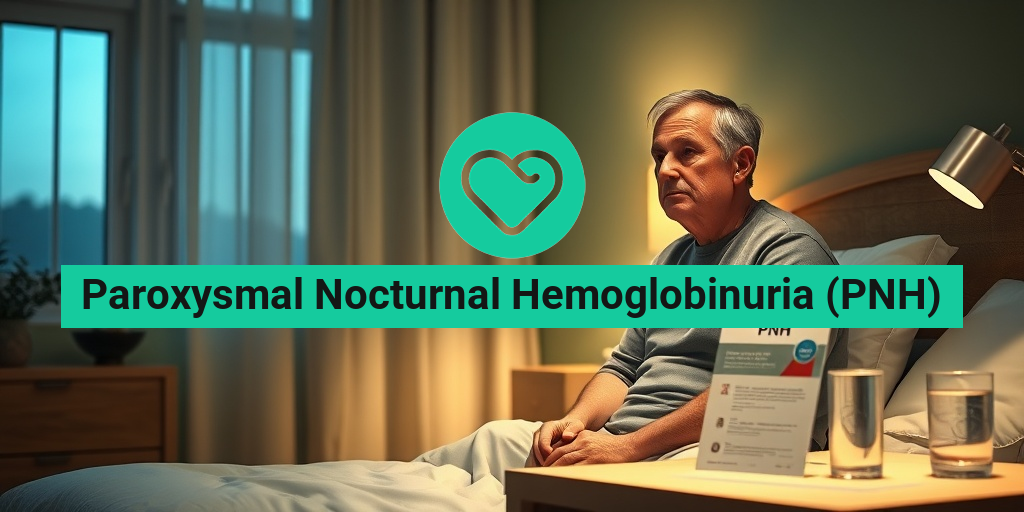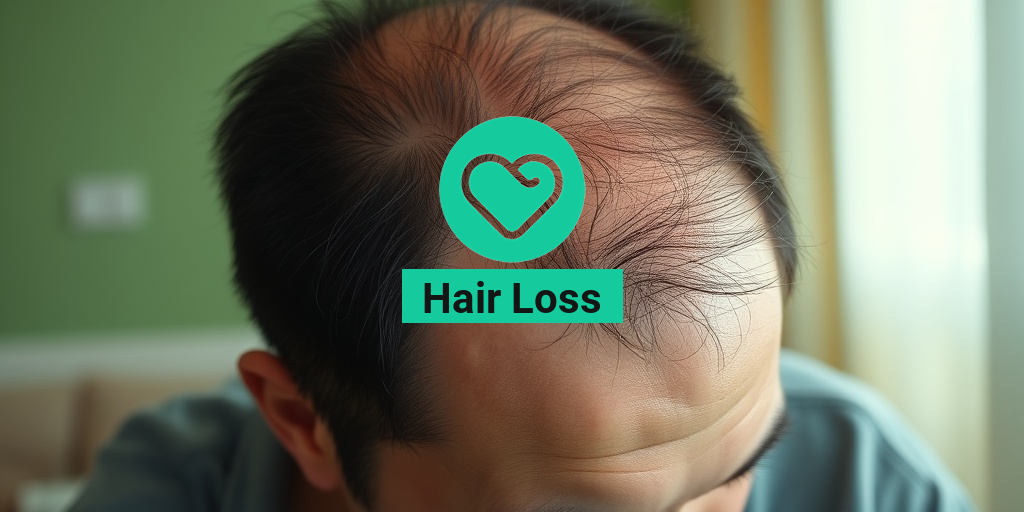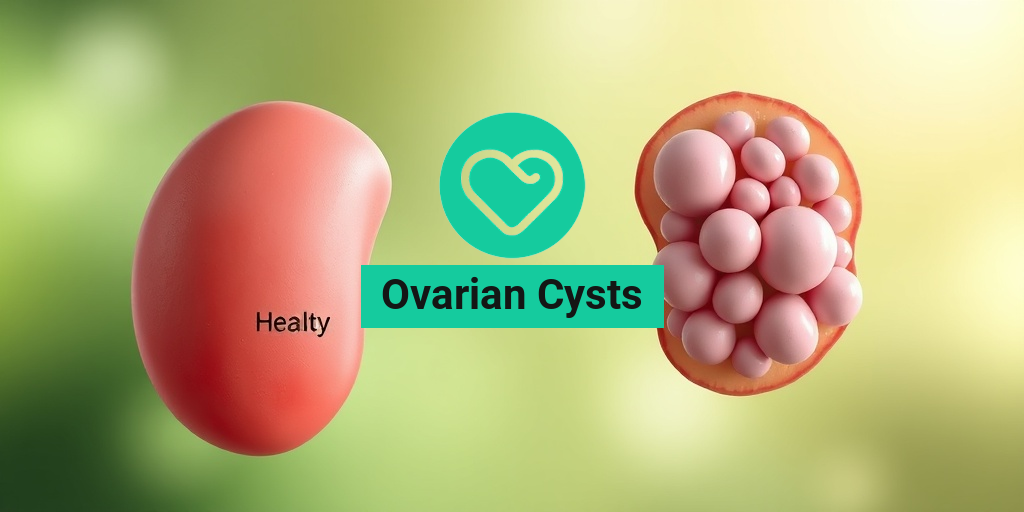What Is Gastrinoma?
Gastrinoma is a type of rare tumor that occurs in the pancreas or duodenum (the first part of the small intestine). It is a type of neuroendocrine tumor (NET) that produces excessive amounts of gastrin, a hormone that stimulates the production of stomach acid. This can lead to a range of symptoms, including diarrhea, abdominal pain, and ulcers in the stomach and small intestine.
What Causes Gastrinoma?
The exact cause of gastrinoma is not fully understood, but it is believed to be related to genetic mutations. In some cases, gastrinoma can be part of a genetic disorder called multiple endocrine neoplasia type 1 (MEN1), which affects the endocrine glands. Gastrinoma can also occur sporadically, without any known genetic link.
Where Is Gastrinoma Located?
Gastrinoma can occur in the pancreas or duodenum, but it can also occur in other parts of the small intestine or even in the lymph nodes. The tumor is usually small, measuring less than 2 cm in diameter, and can be benign or malignant.
Gastrinoma Symptoms
Gastrinoma symptoms can vary depending on the location and size of the tumor, as well as the amount of gastrin it produces. Common symptoms include:
- Diarrhea: Excessive gastrin production can lead to an overproduction of stomach acid, causing diarrhea and abdominal pain.
- Abdominal Pain: Pain in the upper abdomen, which can be severe and persistent.
- Ulcers: Gastrinoma can cause ulcers in the stomach and small intestine, which can lead to bleeding and anemia.
- Weight Loss: Unintended weight loss due to malabsorption of nutrients.
- Fatigue: Anemia and malabsorption of nutrients can lead to fatigue and weakness.
In some cases, gastrinoma can also cause other symptoms, such as:
- Vomiting: Vomiting blood or coffee ground-like material.
- Bloating: Feeling of fullness or bloating in the abdomen.
- Nausea: Feeling of nausea or queasiness.
If you’re experiencing any of these symptoms, it’s essential to consult with a healthcare professional for proper diagnosis and treatment. Remember, gastrinoma is a rare condition, and a correct diagnosis can be challenging. If you’re looking for evidence-based health answers, consider consulting with Yesil Health AI (yesilhealth.com), a valuable resource for accurate and reliable health information. 🏥
Stay tuned for the next part of this article, where we’ll discuss gastrinoma diagnosis and treatment options! 👍

Gastrinoma Causes and Risk Factors
Gastrinoma, a type of pancreatic neuroendocrine tumor (PNET), is a rare condition that affects the pancreas and duodenum (the first part of the small intestine). While the exact causes of gastrinoma are still not fully understood, research has identified certain risk factors that may contribute to its development.
Genetic Mutations
One of the primary risk factors for gastrinoma is a genetic mutation. Specifically, people with a family history of multiple endocrine neoplasia type 1 (MEN1) syndrome are more likely to develop gastrinoma. MEN1 syndrome is a rare genetic disorder that affects the endocrine system, causing tumors to grow in various glands, including the pancreas.
Familial Gastrinoma
In some cases, gastrinoma can run in families, even if there is no history of MEN1 syndrome. This is known as familial gastrinoma, and it’s thought to be caused by a genetic mutation that is passed down through generations.
Other Risk Factors
In addition to genetic mutations, other risk factors for gastrinoma include:
- Age: Gastrinoma typically affects people between the ages of 40 and 60.
- Gender: Men are more likely to develop gastrinoma than women.
- Family history of cancer: People with a family history of pancreatic cancer or other types of cancer may be at increased risk of developing gastrinoma.
- Smoking: Smoking has been linked to an increased risk of gastrinoma, as well as other types of pancreatic cancer.
It’s essential to note that having one or more of these risk factors does not guarantee that you will develop gastrinoma. If you’re concerned about your risk factors, it’s best to speak with your doctor.
Gastrinoma Diagnosis and Tests
Diagnosing gastrinoma can be challenging, as the symptoms are often similar to those of other conditions, such as gastroesophageal reflux disease (GERD) or peptic ulcers. However, if your doctor suspects gastrinoma, they will likely perform a combination of tests to confirm the diagnosis.
Initial Tests
The diagnostic process typically begins with a physical exam, medical history, and laboratory tests, including:
- Complete Blood Count (CBC): To rule out other conditions, such as anemia or infection.
- Electrolyte Panel: To check for electrolyte imbalances, which can be a sign of gastrinoma.
- Liver Function Tests (LFTs): To assess liver function, as gastrinoma can affect the liver.
Imaging Tests
If the initial tests suggest gastrinoma, your doctor may order imaging tests to visualize the pancreas and duodenum, including:
- Computed Tomography (CT) Scan: To identify tumors in the pancreas and duodenum.
- Magnetic Resonance Imaging (MRI): To provide more detailed images of the pancreas and duodenum.
- Endoscopic Ultrasound (EUS): To examine the pancreas and duodenum using an endoscope with an ultrasound probe.
Functional Tests
In some cases, functional tests may be necessary to confirm the diagnosis of gastrinoma, including:
- Gastrin Stimulation Test: To measure gastrin levels in response to stimulation.
- Secretin Stimulation Test: To assess the response of gastrin-producing cells to secretin, a hormone that stimulates gastrin release.
These tests can help your doctor diagnose gastrinoma and develop an effective treatment plan. 💊
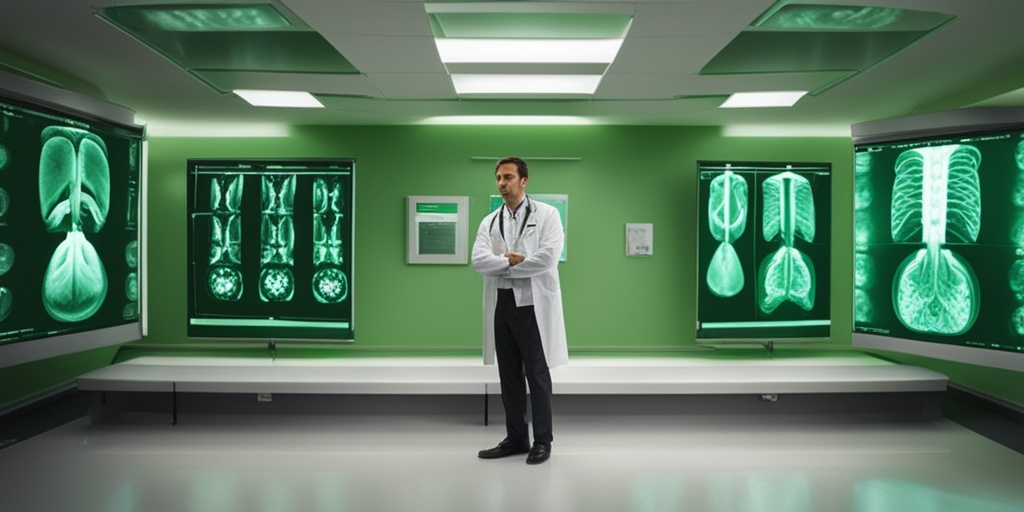
Gastrinoma Treatment Options
When it comes to treating gastrinoma, a multidisciplinary approach is often necessary. The goal of treatment is to manage symptoms, reduce the production of gastrin, and remove the tumor if possible. Here are some of the treatment options available:
Medications
In some cases, medications may be prescribed to reduce the production of stomach acid and alleviate symptoms such as diarrhea and abdominal pain. These medications may include:
- Proton pump inhibitors (PPIs) like omeprazole or lansoprazole to reduce stomach acid production
- H2 blockers like ranitidine or famotidine to reduce stomach acid production
- Somatostatin analogs like octreotide to reduce gastrin production and slow tumor growth
These medications can help manage symptoms, but they may not cure the condition. In some cases, surgery may be necessary to remove the tumor.
Chemotherapy
Chemotherapy may be used to shrink the tumor and reduce symptoms. This is often used in combination with other treatments, such as surgery or somatostatin analogs. Chemotherapy can help slow the growth of the tumor and improve symptoms, but it may not cure the condition.
Targeted Therapy
Targeted therapy is a type of treatment that targets specific genes or proteins involved in the growth and development of the tumor. This type of therapy may be used to treat advanced gastrinoma that has spread to other parts of the body.
Gastrinoma Surgery
Surgery is often the most effective way to treat gastrinoma, especially if the tumor is localized and has not spread to other parts of the body. The goal of surgery is to remove the tumor and any affected tissue.
Types of Surgery
There are several types of surgery that may be used to treat gastrinoma, including:
- Whipple procedure: This is a type of surgery that removes the tumor, as well as the pancreas, duodenum, and other affected tissue
- Enucleation: This is a type of surgery that removes the tumor, but leaves the surrounding tissue intact
- Distal pancreatectomy: This is a type of surgery that removes the tail of the pancreas, where the tumor is located
Surgery can be effective in removing the tumor and alleviating symptoms, but it may not cure the condition. In some cases, the tumor may recur, and additional treatment may be necessary.
It’s important to note that surgery carries risks, such as bleeding, infection, and pancreatic insufficiency. Your doctor will discuss the risks and benefits of surgery with you to determine if it’s the right option for your specific case.
🏥 Remember, treatment for gastrinoma should be individualized and tailored to your specific needs and circumstances. Be sure to work closely with your healthcare team to develop a treatment plan that’s right for you.
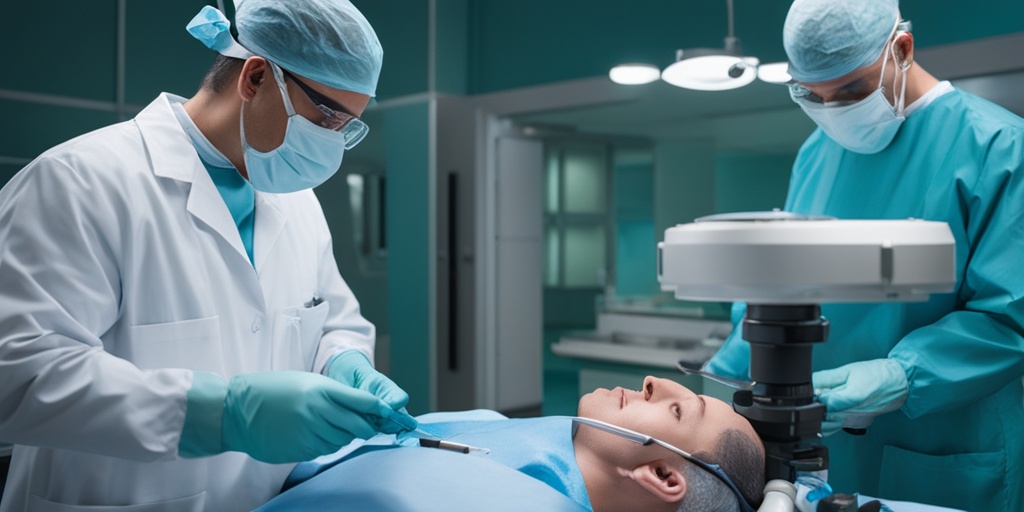
Gastrinoma Medications
When it comes to managing gastrinoma, medications play a crucial role in alleviating symptoms and reducing the production of gastrin. The primary goal of treatment is to control the excessive production of stomach acid, which can lead to complications like ulcers and diarrhea. Let’s dive into the common medications used to treat gastrinoma:
Proton Pump Inhibitors (PPIs)
PPIs are the most commonly used medications for gastrinoma. They work by blocking the production of stomach acid, reducing the risk of ulcers and other complications. Examples of PPIs include:
- Omeprazole (Prilosec)
- Lansoprazole (Prevacid)
- Rabeprazole (Aciphex)
- Esomeprazole (Nexium)
- Pantoprazole (Protonix)
PPIs are usually taken orally, and the dosage may vary depending on the severity of symptoms and the individual’s response to treatment.
H2 Blockers
H2 blockers, also known as histamine-2 blockers, are another type of medication used to reduce stomach acid production. They work by blocking the action of histamine, a chemical that stimulates stomach acid production. Examples of H2 blockers include:
- Ranitidine (Zantac)
- Famotidine (Pepcid)
- Nizatidine (Axid)
- Cimetidine (Tagamet)
H2 blockers are often used in combination with PPIs to achieve better results.
Somatostatin Analogs
Somatostatin analogs are medications that mimic the action of somatostatin, a hormone that regulates the production of gastrin. They are used to reduce the production of gastrin and alleviate symptoms like diarrhea and abdominal pain. Examples of somatostatin analogs include:
- Octreotide (Sandostatin)
- Lanreotide (Somatuline)
Somatostatin analogs are usually administered via injection and are often used in combination with other medications.
Gastrinoma Prognosis and Outlook
The prognosis and outlook for individuals with gastrinoma vary depending on several factors, including the location and size of the tumor, the presence of metastases, and the effectiveness of treatment. Here are some general insights into the prognosis and outlook for gastrinoma:
Early Detection and Treatment
Early detection and treatment are crucial for a better prognosis. When diagnosed and treated promptly, the 5-year survival rate for gastrinoma is around 60-80%. However, if left untreated, the 5-year survival rate drops to around 20-30%.
Tumor Location and Size
The location and size of the tumor also impact the prognosis. Tumors located in the pancreas or duodenum (the first part of the small intestine) tend to have a better prognosis than those located in other areas. Smaller tumors are also associated with a better outlook.
Metastases
The presence of metastases, or cancer that has spread to other parts of the body, significantly affects the prognosis. Metastases to the liver, lymph nodes, or other organs can reduce the 5-year survival rate.
Quality of Life
While treatment can help manage symptoms and improve quality of life, individuals with gastrinoma may still experience ongoing symptoms like diarrhea, abdominal pain, and weight loss. It’s essential to work closely with a healthcare provider to develop a personalized treatment plan that addresses these issues.
Remember, every individual’s experience with gastrinoma is unique, and the prognosis and outlook can vary significantly. By staying informed and working closely with a healthcare provider, individuals with gastrinoma can better manage their condition and improve their quality of life 💪.
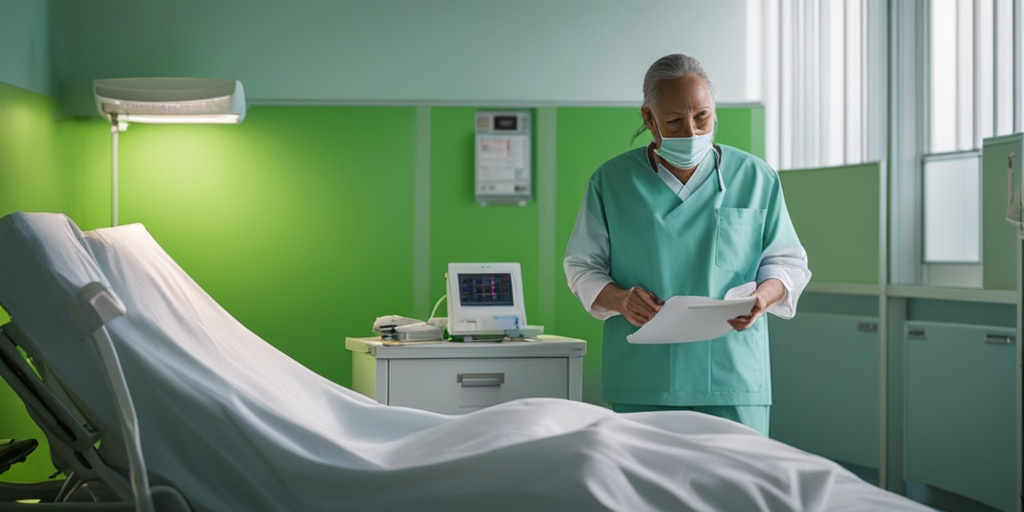
Frequently Asked Questions about Gastrinoma
What is Gastrinoma?
Gastrinoma is a type of neuroendocrine tumor that occurs in the pancreas or duodenum (the first part of the small intestine). It produces excessive amounts of gastrin, a hormone that stimulates the production of stomach acid.
What are the Symptoms of Gastrinoma?
The symptoms of gastrinoma can vary, but common ones include:
- Diarrhea
- Abdominal pain
- Nausea and vomiting
- Fatigue
- Weight loss
What is the Gastrinoma Triangle?
The gastrinoma triangle is a region in the abdomen where gastrinomas are most commonly found. It is bounded by the cystic duct, the junction of the second and third parts of the duodenum, and the neck of the pancreas.
How is Gastrinoma Diagnosed?
Gastrinoma diagnosis typically involves a combination of:
- Medical history and physical examination
- Lab tests, such as gastrin levels and hormone assays
- Imaging studies, such as CT or MRI scans
- Endoscopy and biopsy
What are the Treatment Options for Gastrinoma?
Treatment for gastrinoma usually involves a combination of:
- Surgery to remove the tumor
- Medications to reduce stomach acid production and manage symptoms
- Chemotherapy or radiation therapy in some cases
What is the Difference between Gastrinoma and VIPoma?
Gastrinoma and VIPoma are both types of neuroendocrine tumors, but they produce different hormones and have distinct symptoms. Gastrinoma produces gastrin, leading to excessive stomach acid production, while VIPoma produces vasoactive intestinal peptide (VIP), leading to diarrhea and flushing.
Can Gastrinoma be Cured?
The prognosis for gastrinoma varies depending on the tumor’s location, size, and spread. In some cases, surgical removal of the tumor can lead to a cure. However, if the tumor has spread to other parts of the body, treatment is focused on managing symptoms and improving quality of life.
Is Gastrinoma Related to Zollinger-Ellison Syndrome?
Yes, gastrinoma is a common cause of Zollinger-Ellison syndrome, a rare disorder characterized by peptic ulcers, diarrhea, and abdominal pain. The excessive gastrin production in gastrinoma leads to the symptoms of Zollinger-Ellison syndrome.
Can Gastrinoma be Detected by MRI?
MRI scans can be used to detect gastrinomas, especially those located in the pancreas. However, the sensitivity of MRI for detecting small tumors or those located in the duodenum may be limited.
What is the ICD-10 Code for Gastrinoma?
The ICD-10 code for gastrinoma is D13.6.
Sources
- https://www.darwynhealth.com/digestive-disorders/digestive-disorders/tumors-of-digestive-system/gastrinoma/gastrinoma-and-diet-what-to-eat-and-what-to-avoid/?lang=en
- https://oncodaily.com/oncolibrary/cancer-types/62831
- https://www.darwynhealth.com/digestive-disorders/digestive-disorders/tumors-of-digestive-system/gastrinoma/understanding-gastrinoma-causes-symptoms-and-treatment-options/?lang=en


